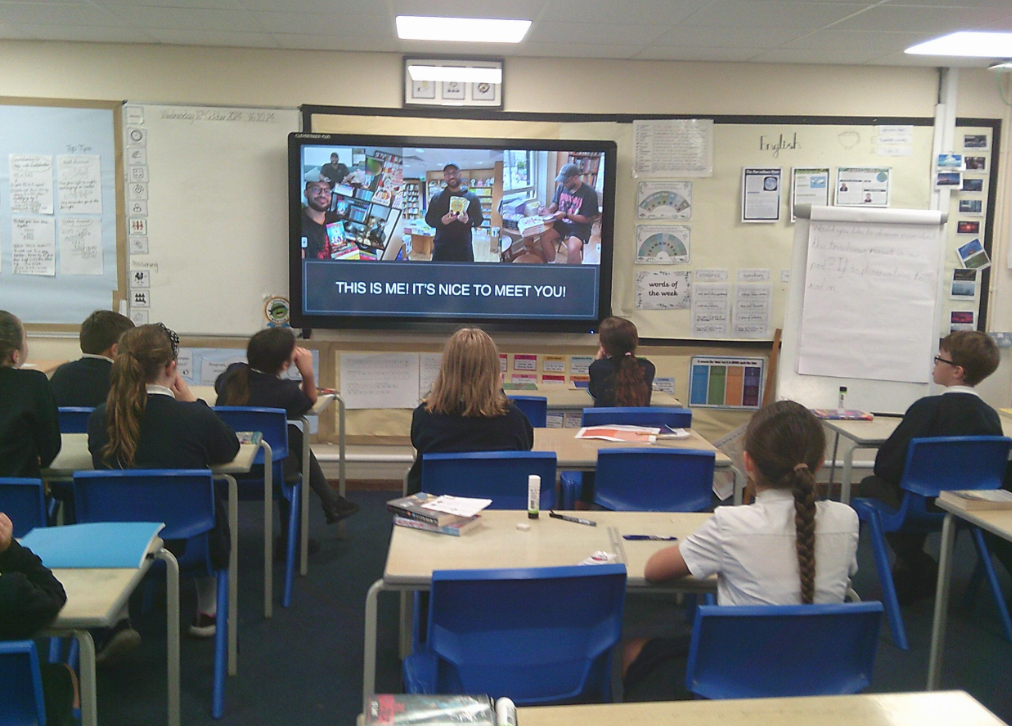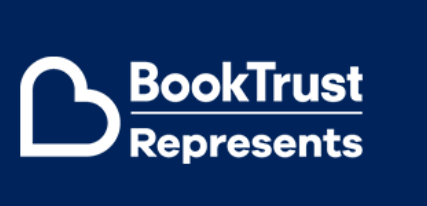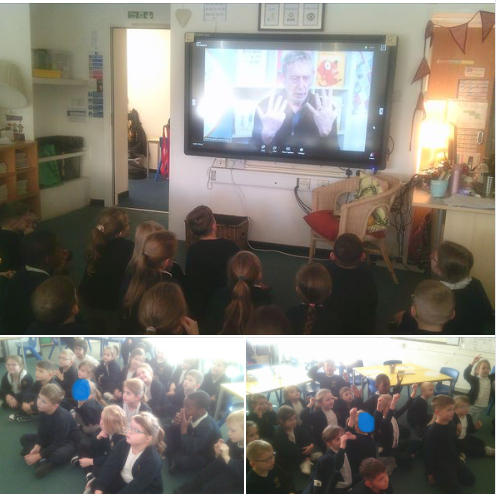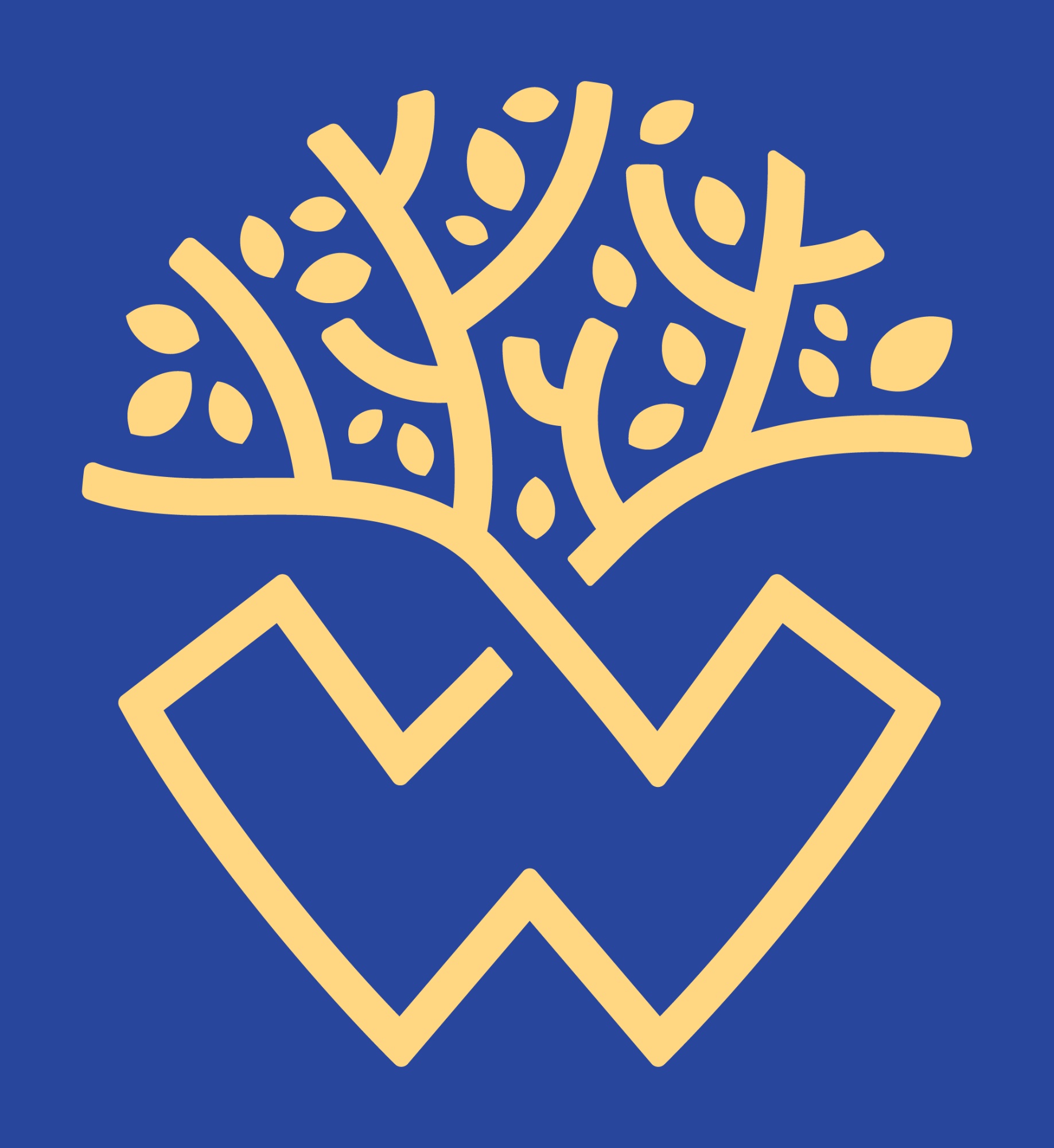Writing
At Woodfield Primary, the joy of writing is encouraged from the first moment your child arrives at our school, whether that is in Nursery or in Year 6.

In Early Years, this is achieved through access to a wide variety of writing tools and mediums, such as chalk, sand, paintbrushes and pencils, supported by the latest research on gross and fine motor skills, and linked to the child-led schema as well as the Early Years Framework.
As children continue their journey through year groups, our writing units follow the National Curriculum and LAT curriculum, carefully weaving a variety of genres in which the children are immersed, supported by our progressive handwriting (Letter Join) and spelling schemes (Read Write Inc./Oxford Owl). Regular reflection back to prior learning enables children to remember more, develop as writers and, where appropriate, assist with closing gaps in their grammatical knowledge. This ensures that the content of their current year group is built upon and pupils develop a solid understanding of the mechanics of composition.

As well as this, the skills of editing and revising their own writing are taught throughout each unit so that the children become assured and able self-editors, who can use classroom resources to amend and improve their writing.
Key blocks include listening & talking opportunities and learning from the Woodfield Way, which are all considered by staff to ensure that we develop successful, confident and creative writers.
Alongside all of these elements, we also offer virtual and in-person author visits every year, which inspire our children and allow them to see the intricate writing processes in action, such as when our Year 5 and 6 classes attended a virtual author workshop by the talented Benjamin Dean in October 2024, which was facilitated by the 'Book Trust Represents' initiative or when the whole school took part in the brand new Michael Rosen Day virtual talk with the mighty author himself in November, facilitated by the 'Read for Good' charity, which we support.



For further information regarding our English curriculum, please have a look at the Writing Rationale 2024-25

